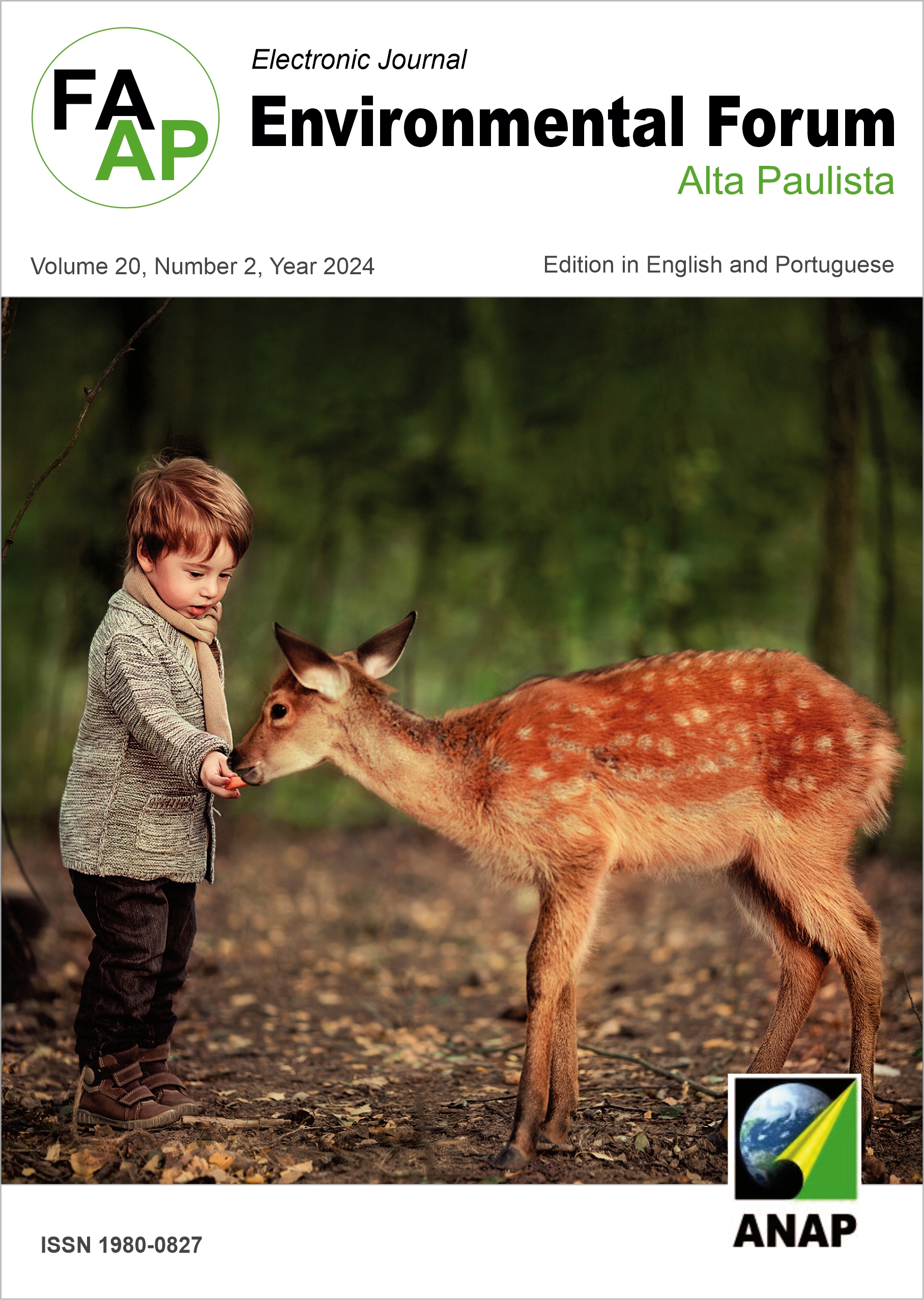Antifungal activity of Pinus elliottii wood treated with silver nanoparticles
DOI:
https://doi.org/10.17271/1980082720220244811Abstract
Wood is a versatile and sustainable material that finds extensive use in civil construction, fulfilling both structural and finishing roles. However, it is susceptible to the growth of filamentous fungi, including molds. This study assesses the effectiveness of silver nanoparticles in combating Aspergillus niger, a common fungal strain, on Pinus elliottii wood. Sterilized specimens were treated with varying concentrations of silver nanoparticles to evaluate their antifungal activity. Both treated and untreated specimens were inoculated with Aspergillus niger to promote biofilm formation. The colony-forming units per milliliter of each specimen were quantified, and metabolic activity was assessed. The results demonstrated that all wood specimens treated with silver nanoparticles effectively inhibited the growth of the biofilm and metabolic activity of Aspergillus niger. Consequently, it can be concluded that the treatment of wood with silver nanoparticles effectively inhibit the growth of the biofilm and metabolic activity of Aspergillus niger. This finding holds significant potential to enhance the quality and durability of wooden structures in construction. Additionally, the prevention of mold formation contributes to improving the quality of life for residents and the environment, as it reduces the need for cleaning products, and minimizes the necessity for building renovations that generate waste in landfills.
Downloads
Downloads
Published
Issue
Section
License
Copyright (c) 2024 Periódico Eletrônico Fórum Ambiental da Alta Paulista

This work is licensed under a Creative Commons Attribution-NonCommercial-ShareAlike 4.0 International License.












